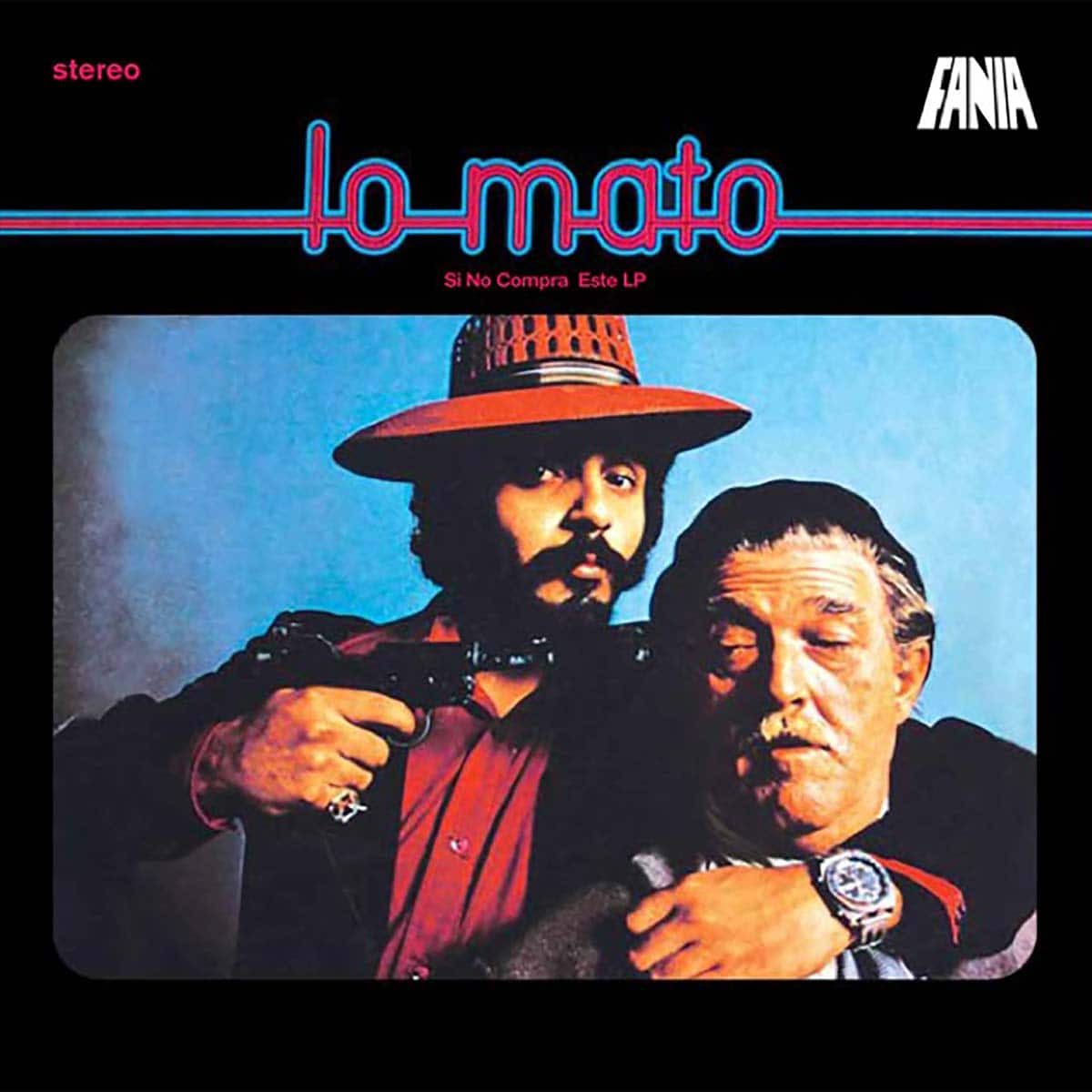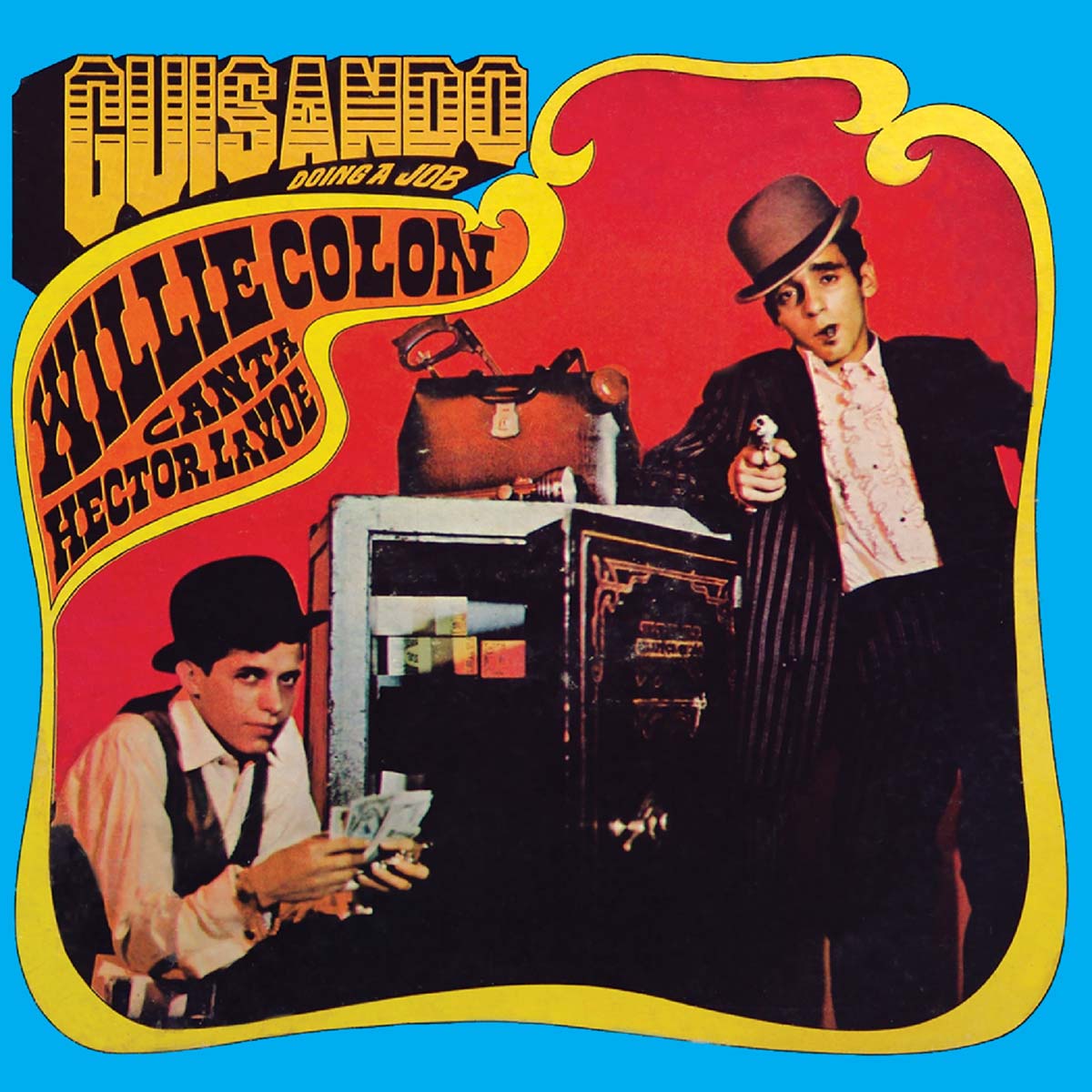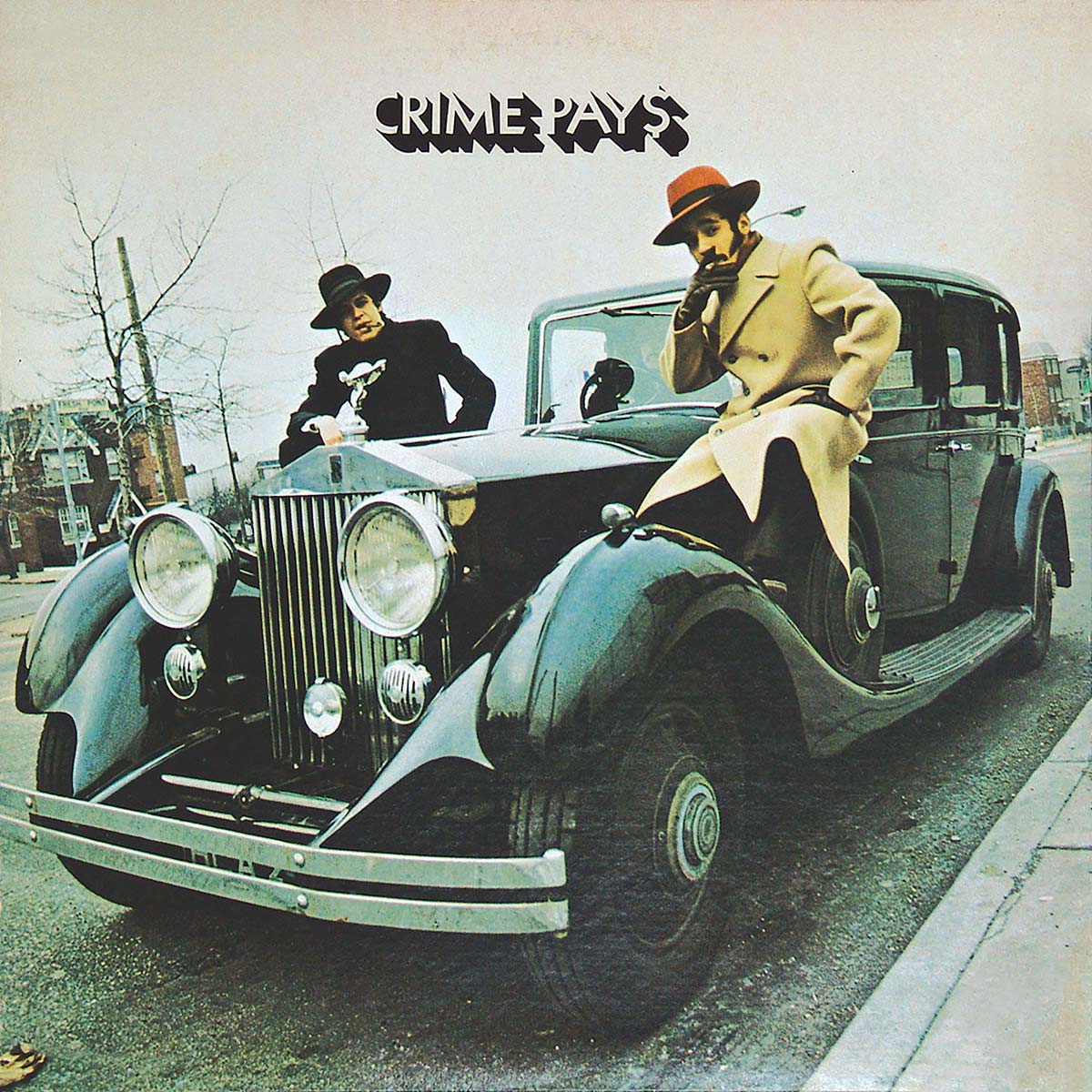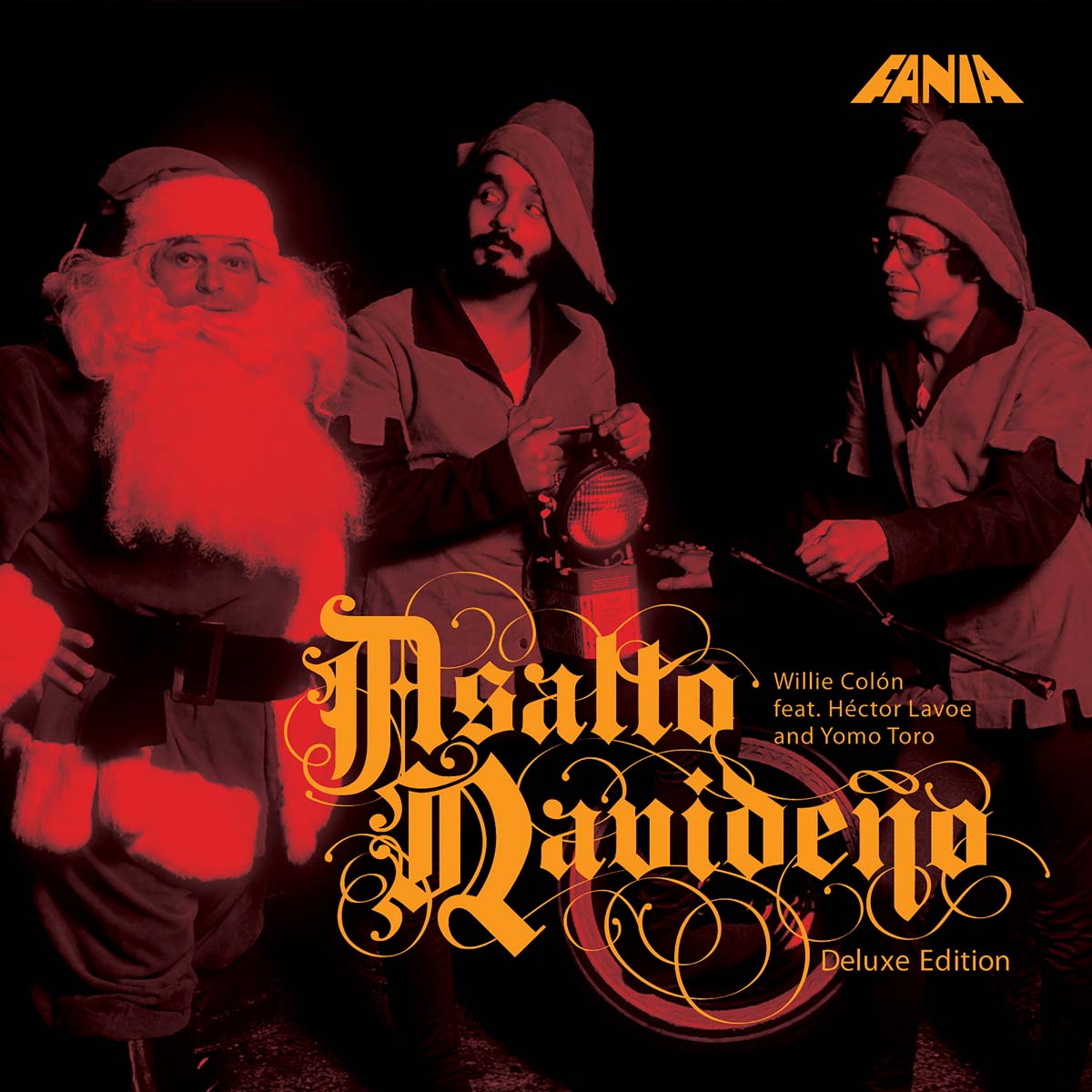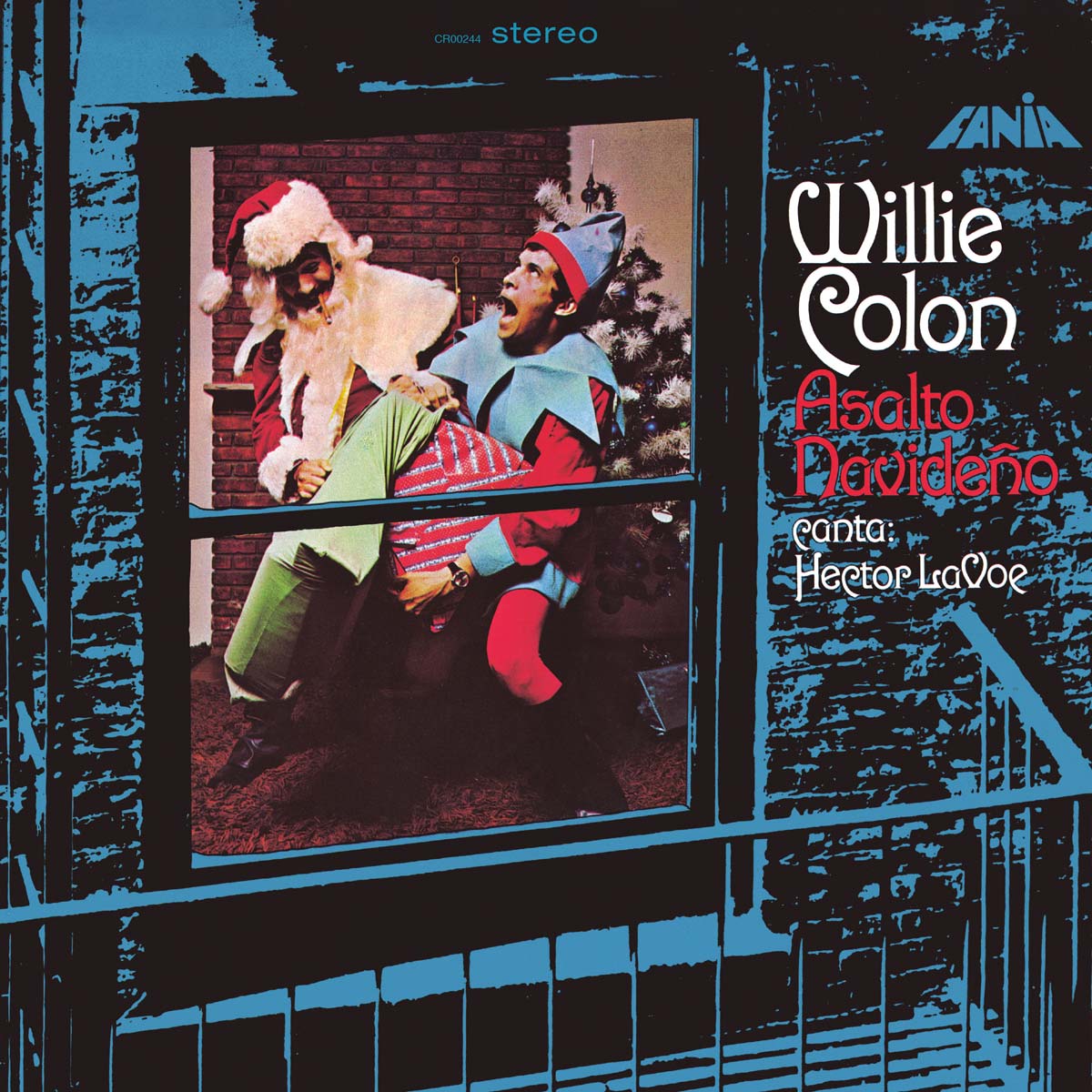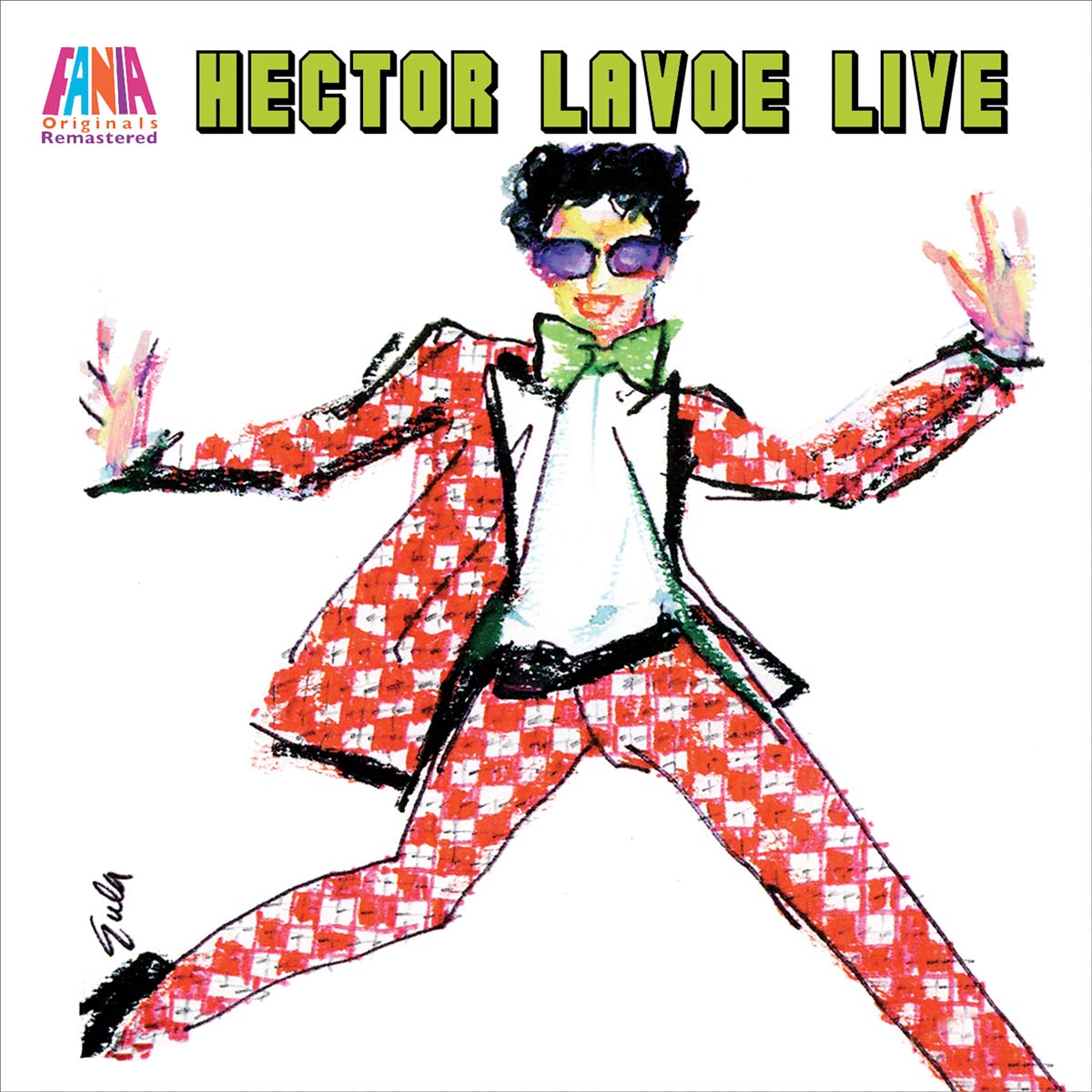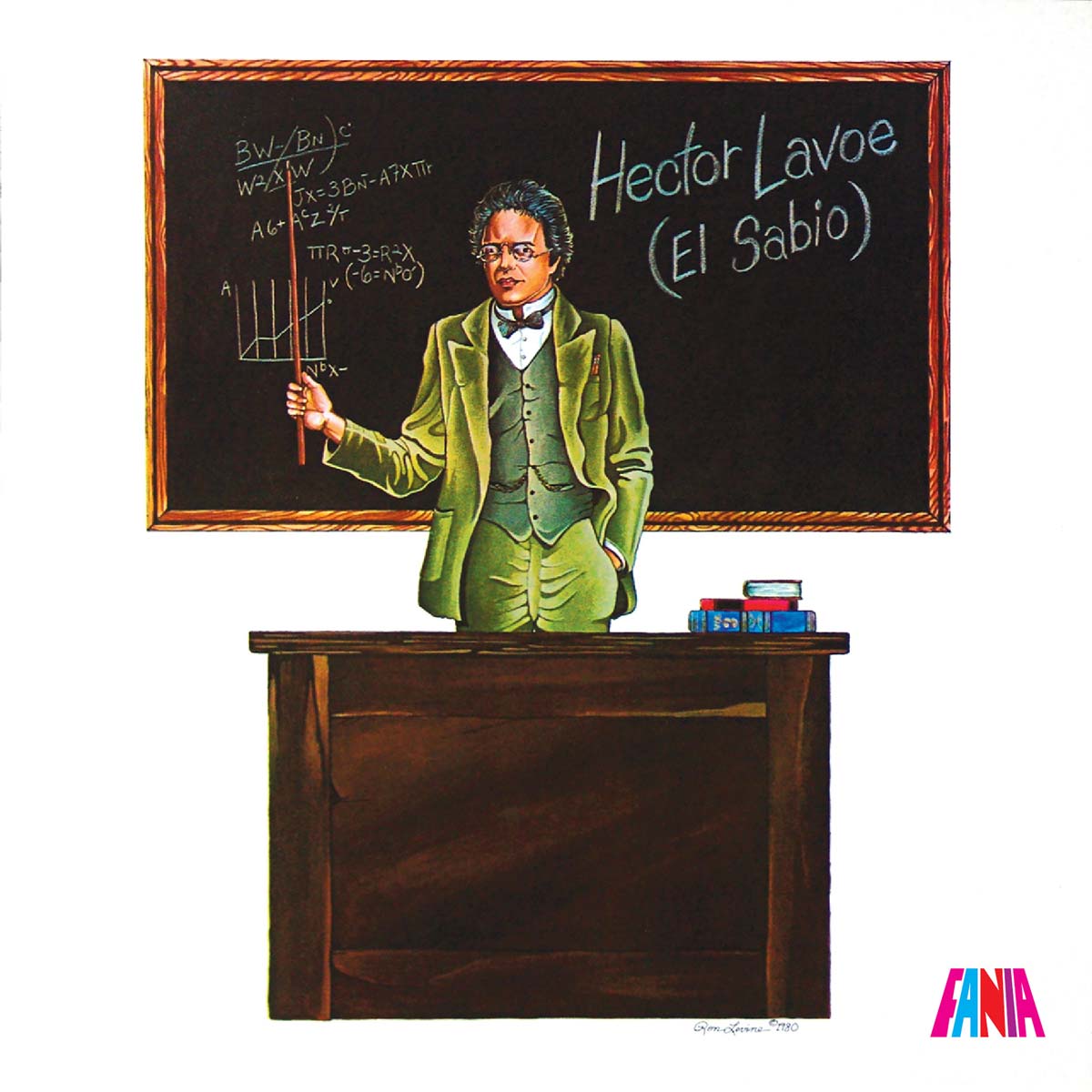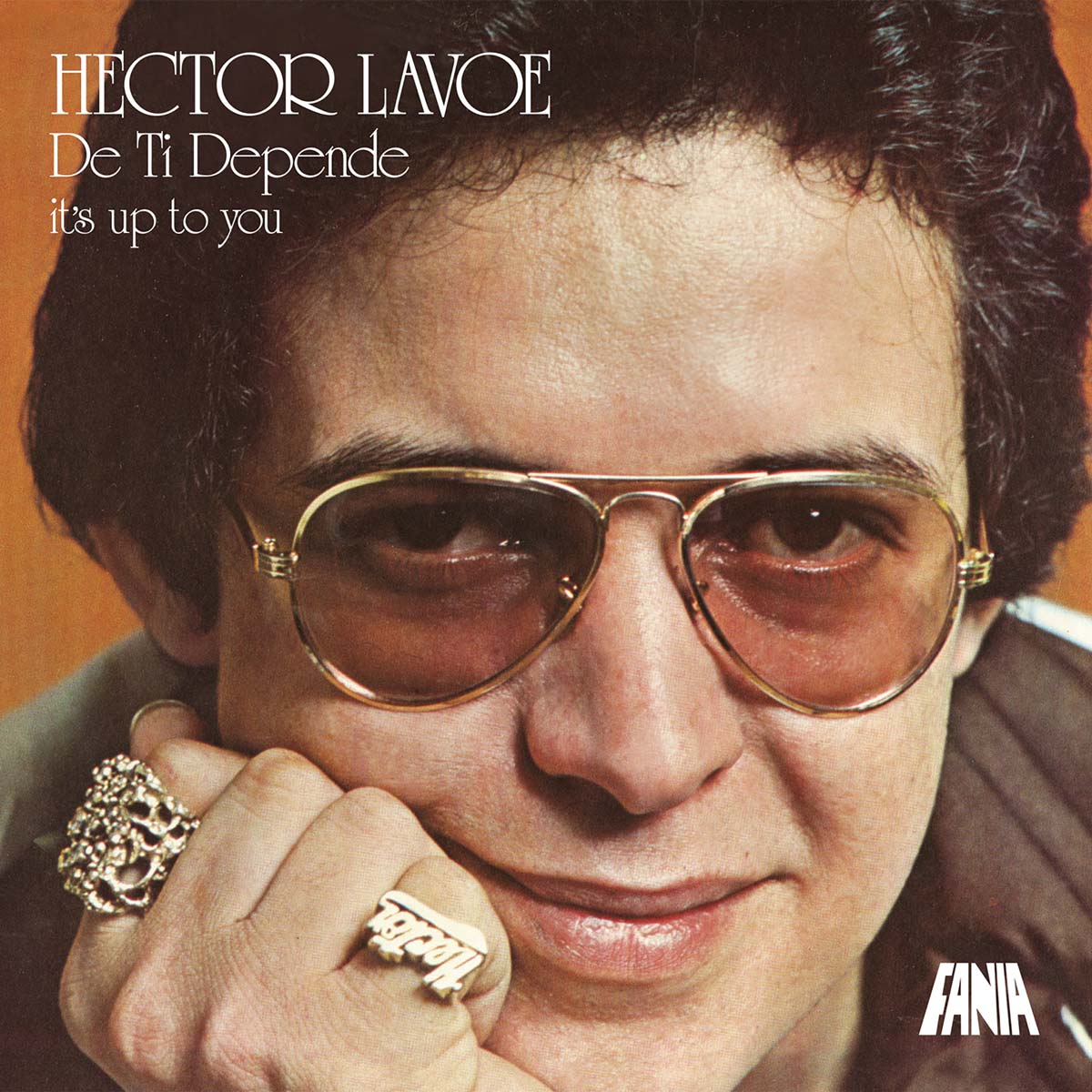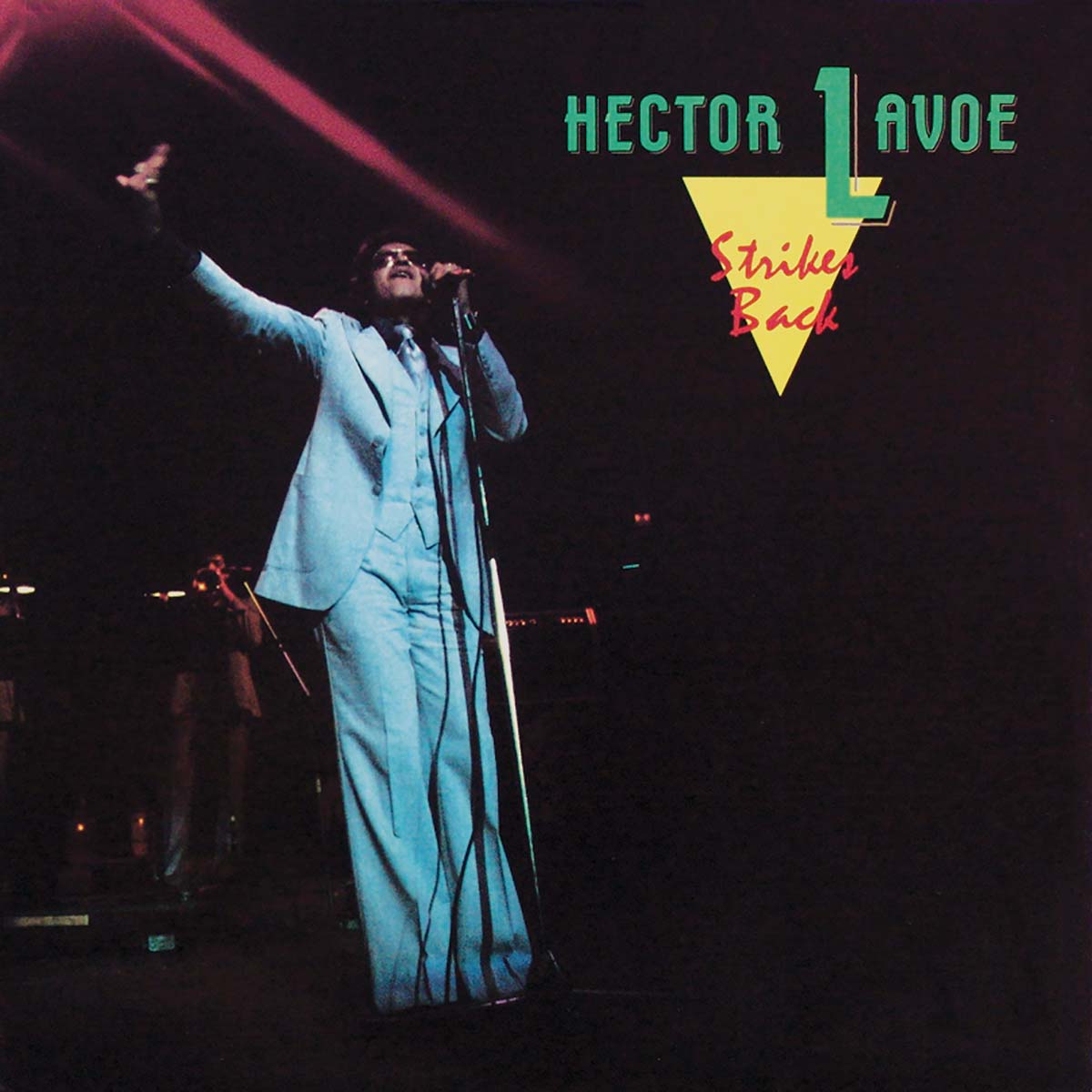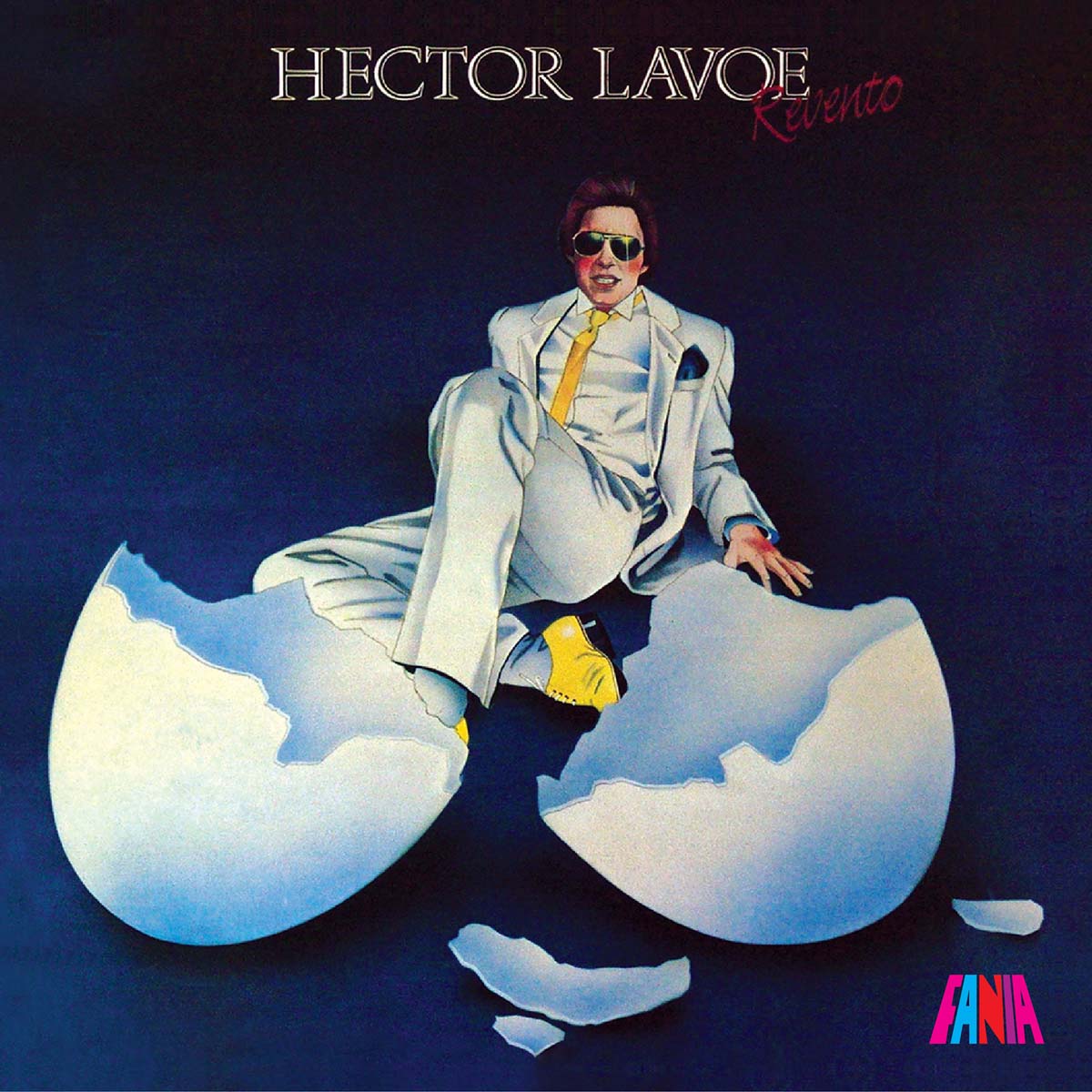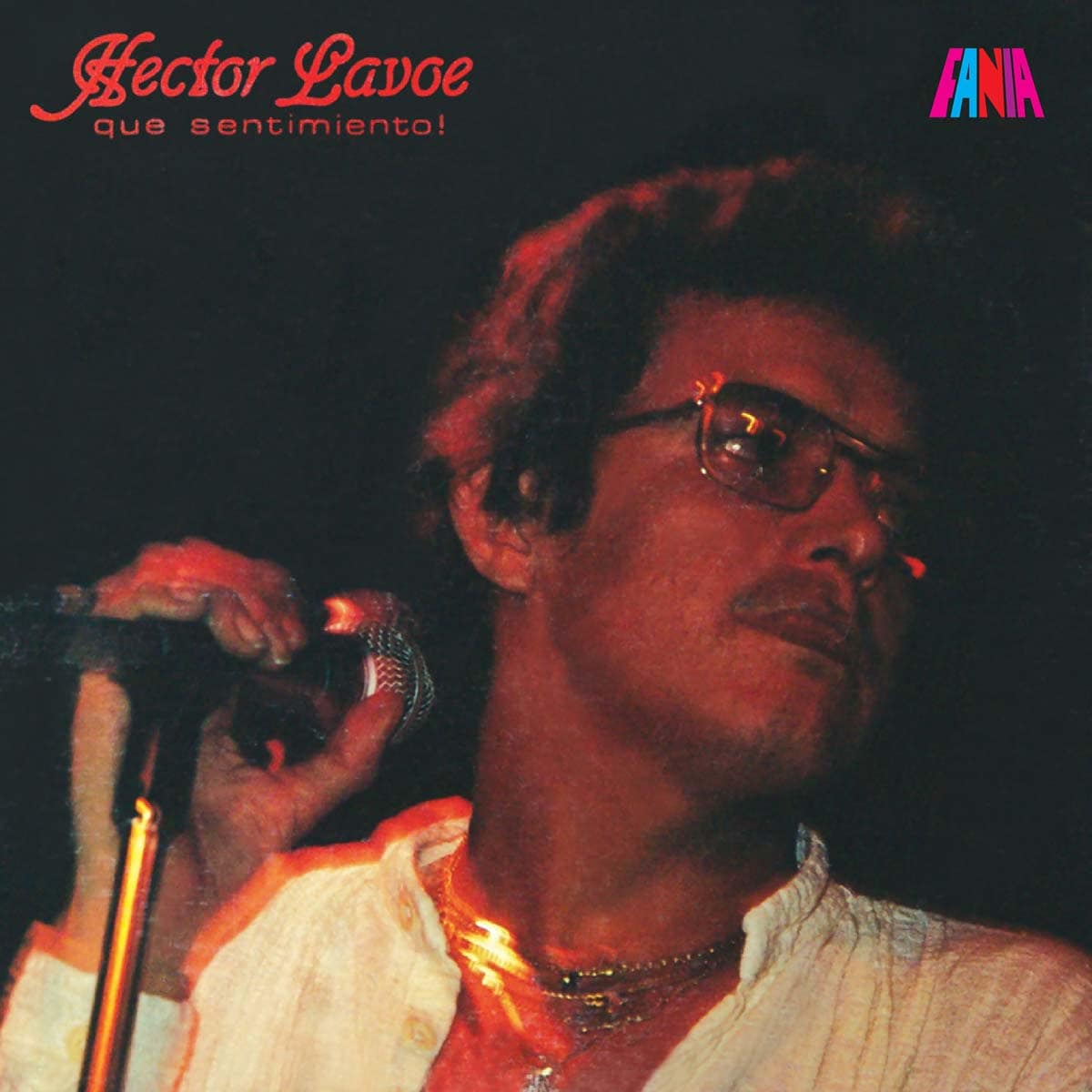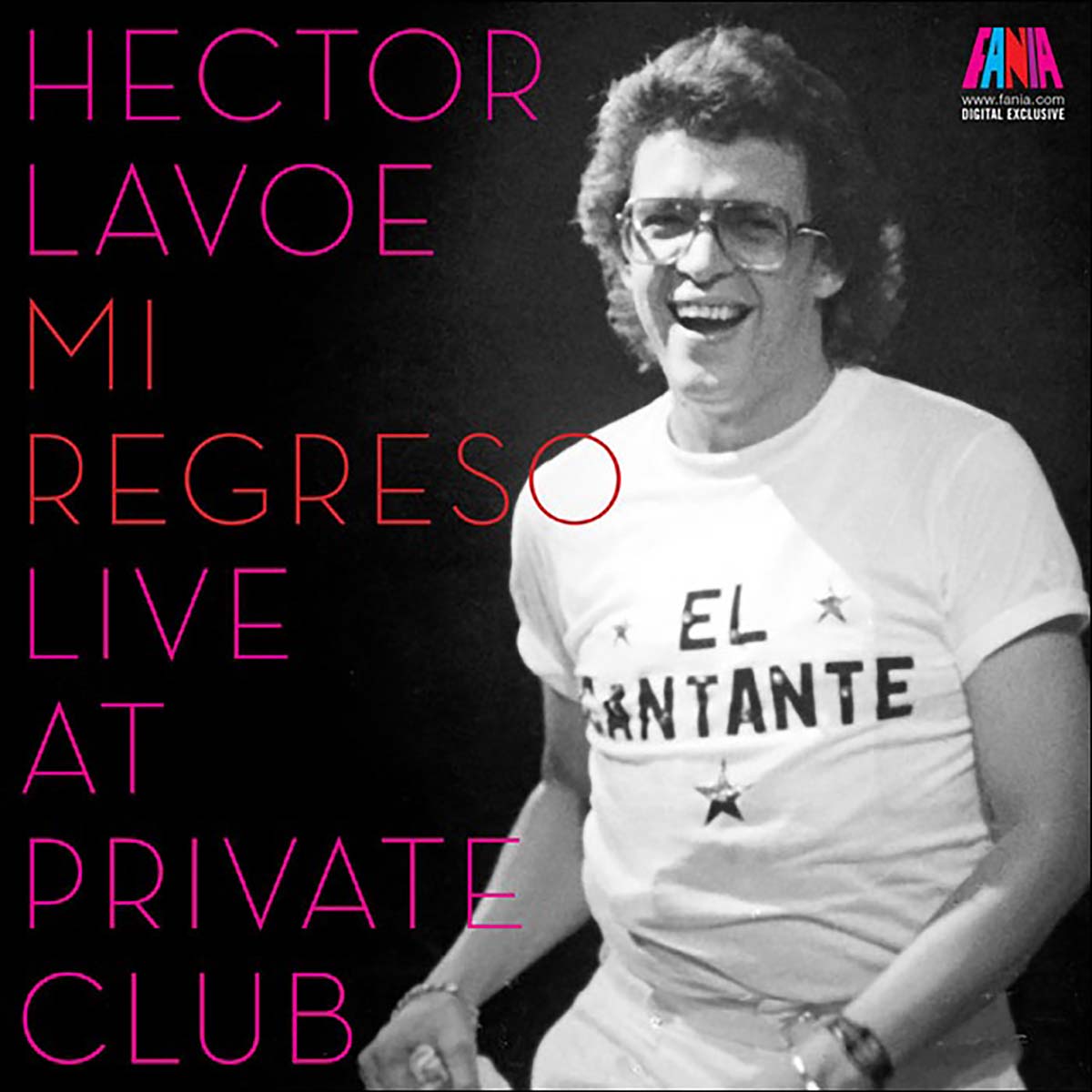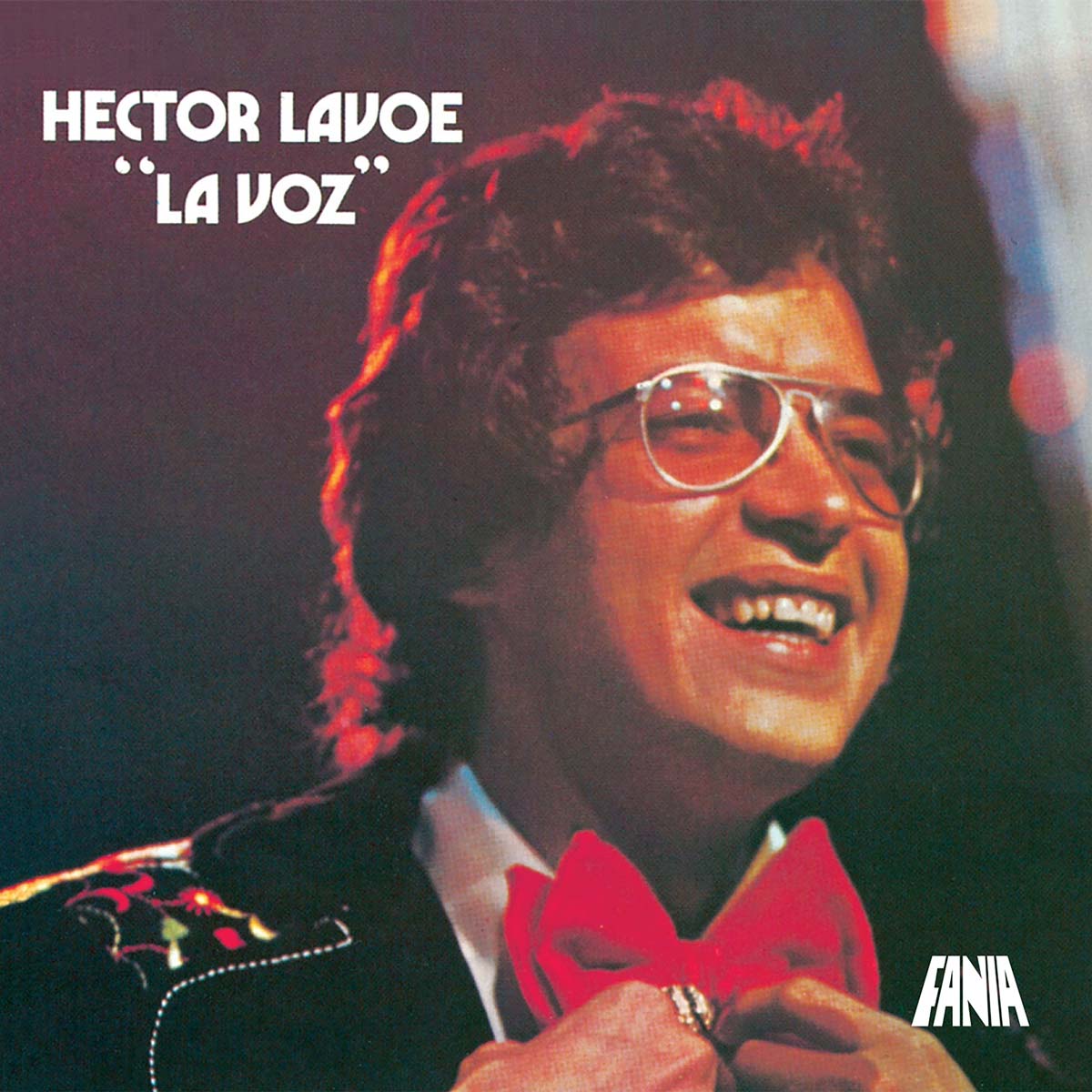
Héctor Lavoe: “Remember that after I’m gone, that I still love you.”
Born Héctor Juan Pérez Martínez on September 30, 1946 in Ponce, Puerto Rico, Pérez Martínez was dubbed “Lavoe” by a New York City dance promoter. He also acquired the title “El Cantante” (The Singer), after the biographical song Rubén Blades composed for his 1978 album Comedia on Fania Records. “He liked to call himself a simple jíbaro (Puerto Rican country singer). I would argue that he was a complex jíbaro,” wrote Bruce Polin in a 1993 Descarga editorial. His high-pitchednasal voice and style of phrasing are unmistakable, and his often witty, sometimes risque, ad-libbed anecdotes became renowned.
His father, Luis Pérez, who sang and played guitar with local bands and trios, heavily influenced Lavoe. When he was six years old, Lavoe used to stand by the radio and sing along with Chuíto el de Bayamón (Jesús Sanchez Erazo), one of the greats of jíbaromusic. Lavoe received tuition from his father and attended the Free School of Music in Ponce, where he met Papo Lucca and began a longstanding friendship with José Febles.
At the age of 14, Lavoe sang professionally with a ten-piece band in a local club. “I didn’t feel I was accomplishing anything,” he later recalled in his 1977 Fania Records biography) “I dropped out of school, I was always in trouble, so when I was 17, I decided to live in New York and earn a lot of money.”. Upon his arrival in the “Big Apple” in May 1963, he was hired to perform with a sextet. This was followed by stints with Russell Cohen’s group La New Yorkers, with whom he recorded the single Está De Bala in 1965, and Kako. Fania co-founder Johnny Pacheco bought Lavoe in to provide lead vocals on Willie Colón’s 1967 debut for the label, El Malo (The Bad Guy).
“I got Willie and Hector together and that was the perfect combination. It was the beginning of something incredible,” Pacheco told Mary Kent in 1997. “Since the beginning, he had a very inventive mind. When it comes to ad-libbing, he used to come out with stuff, and he was just starting. I said this guy is going to be unbelievable. The ad-libs that he did, not only were they with good humor, but they rhymed and they were great. He had a great range. He used to sing high and he could hit the low notes, which is very important in a singer.”
The combination of Willie’s two-trombone sound with Lavoe’s jíbarostyle was a smash hit and they continuously played the circuits in New York and Puerto Rico, and between 1967 and 1975, Lavoe sang on 12 of Colón ‘s albums (this included two compilations).
In 1974, while at the peak of his popularity, Colón announced the breakup of his band. This stunned Lavoe and the rest of the salsa world. Eventually Lavoe took over the band. With two trumpets added to the two-trombone frontline, Lavoe made his solo debut on the Colón-produced La Voz in 1975. The album reached gold. José Febles arranged Lavoe’s composition Paraíso de Dulzura and dazzlingly updated the ’50s Chappottín classic Rompe Saragüey, featuring an elegant and ingenious 2:30 minute piano solo by Mark “Markolino” Dimond. Dimond played piano on Colón’s second and third albums, The Hustler (c. 1968 on Fania) and Guisando – Doing A Job (c. 1969 on Fania), and wrote a track for each record. Other highlights of La Voz are El Todopoderoso, co-written by Lavoe and Colón, who arranged the number, and the Johnny Pacheco penned anthem “Mi Gente”, also arranged by Colón. In May the following year, Lavoer garnered Latin NY magazine awards for “Best Male Vocalist” and “Best Conjunto”.
Lavoe went on to make a further seven solo albums with Fania between 1976 and 1987, as well as record with the Fania All Stars, Tito Puente, Daniel Santos, Yomo Toro and Willie Colón. However, his career was dogged by drug problems and went into deeper crisis in 1987 when his teenage son tragically died, his home was destroyed by fire and he was diagnosed with AIDS. A failed suicide attempt in 1988 left him critically ill until he finally succumbed to a heart attack on June 29, 1993.
“A lot of Héctor’s inspirations were things like: ‘After I’m dead, remember that I told you this,’” recalled Larry Harlow in a 1997 conversation with Mary Kent. “On whatever song it was, suddenly he would say: ‘Remember that after I’m gone, that I still love you’”
Musicians:
Tom Malon – trombone
Jose Rodrigues – trombone
Ray Maldonado – trumpet (solo on Mi Gente)
Héctor Zarzula – trumpet (solo on Rompe Saragüey)
Milton Cardona – conga
José Mangual Jr. – bongo
Eddie “Guagua” Rivera – bass
Nicky Marrero – timbales
Mark Dimond – piano
Chorus – Rubén Blades, Willie Colón, Willie García, Héctor Lavoe
Arranged by – Willie Colón
Paraiso de Dulzura & Rompe Saraguey arranged by Jose Febles;
Un Amor de la Calle & Tus Ojos arranged by Louie Ramirez.
Recorded at Good Vibrations Sound Studios
Engineer – Jon Fausty
Cover & Liner Photos – Lee Marshall
Written by John Child


